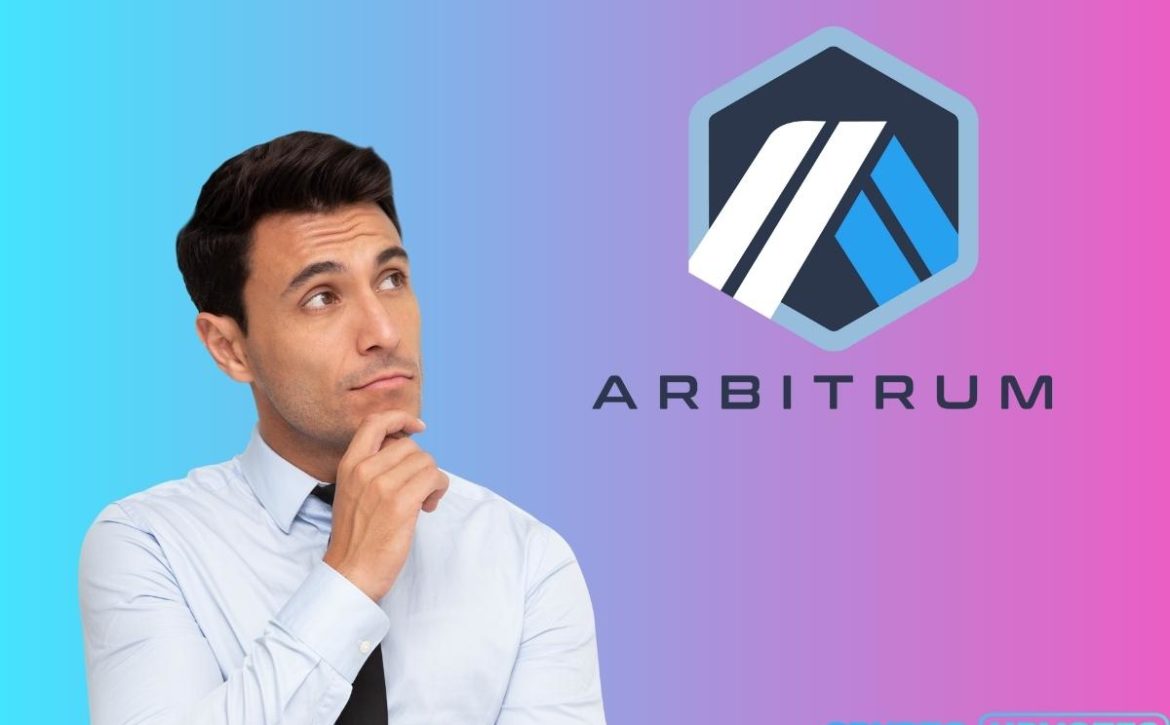How cryptoprojects fight airdrop farms of thousands of wallets
Our experts tell us how blockchain developers are identifying farms of thousands of wallets. Which are designed to artificially inflate the volume of token distribution activity
Distribution of tokens to active users in the form of airdrop. That is, encouraging the activity of early users, has become a trend on the cryptocurrency market. Decentralized exchanges, NFT-marketplaces, games, wallets, social networks and other services are created on blockchains of ecosystem cryptoprojects. At the early stage of development, all of them need active users and testing. It is for activity in such projects that tokens are eventually distributed. But recently one project decided to distribute rewards to those who helped identify the wallets of so-called drophunters. Or sybil – those who engage in aggressive scrambling for activity in the blockchain project ecosystem. In order to maximize the number of tokens that the developers will give away in the form of airdrop.
In order to maximize potential rewards, sibyls use farms of thousands of accounts to artificially inflate project activity. Who can organize token distributions.
A whole industry of crypto wallet farms
When creating the Decentralized Autonomous Organization (DAO) in 2022, the developers of Hop Protocol issued $3.5 million in tokens. This was done to give away among active users. However, they discovered thousands of addresses that were trying to cheat the system. In doing so, aiming to get a larger share of the airdrop. Volunteers helped developers identify the interconnections of multiple wallets and weed out farms from these accounts. Which were involved in tapping into the activity in order to get tokens in the giveaway. This ended up saving the project about $1 million. And the developers decided to give away tokens to those who helped uncover dishonest participants.
Hop Protocol co-founder Christopher Winfrey, in an interview with DL News, called the sybil address activity “an entire industry, not a random collection of crafty hackers.” “I suspect they’re running a set of sophisticated operations using multiple accounts on exchanges. And they pattern their behavior at random to make the activity indistinguishable from that of real users,” Winfrey told reporters. He added that the failure to filter out sybil could have a “devastating impact on projects.” As airdrop hunters tend to sell the resulting tokens en masse as soon as they are listed on cryptocurrency exchanges, collapsing the exchange rate.
Despite the relative success in weeding out dishonest users, Winfrey believes That sybils definitely have an advantage. He admits that “it’s an impossible battle to win.” And detecting sybil activity is getting harder and harder. He estimates that their farms have collectively made hundreds of millions of dollars on big giveaways.
A surge of activity in another project
The Stargate cryptocurrency bridge, which allows to move tokens between incompatible blockchains. It processed more than 300,000 transactions with more than $100 million in assets every day over the past week, surpassing the record highs set more than a month ago. And far outpacing direct competitors in terms of user activity.
Stargate uses the LayerZero protocol, a development by LayerZero Labs. The project is valued at $3 billion after an April $120 million investment round led by venture capital fund Andreessen Horowitz. And is considered in the cryptocurrency community to be one of the first contenders for a massive airdrop.
According to Messari analyst Chase Devens, the vast majority of deals and volumes at Stargate. It’s most likely coming from ” airdrop hunters.” In the program code of the LayerZero project. Which is publicly available on the Github repository, mentions the yet to be announced ZRO token. The head of LayerZero, Brian Pellegrino, did not respond to a request from reporters.
The performance of LayerZero ecosystem projects and other candidates for airdrop began taking off in March. This was immediately after the successful token giveaway from Arbitrum, whose fame went beyond the cryptocurrency community precisely due to news about the big giveaway.
Such a profitable surge of activity to the projects gave rise to a marketing ploy – a hint of an airdrop. The ecosystem projects zkSync, Starknet and Polygon zkEVM saw a significant increase in user activity in May. Earlier this month, Polygon Labs co-founder Sandeep Nailwal hinted at the possibility of issuing tokens to the first Polygon zkEVM users.
The fight goes on
Airdrops are designed to reward early adopters. And also for testers and liquidity providers for new projects. But free giveaways largely attract users who are not interested in the project. And whose activity disappears after the token giveaway.
For example, monthly trading volume on decentralized exchange aggregator Paraswap peaked in November 2021, when the developers conducted an airdrop of the PSP token. Within a year after that, the project’s turnover dropped by 75%. And have not returned to the earlier figures. But there are also reverse examples: the value of assets (TVL) in Arbitrum’s turnover reached an all-time high on May 6 – more than a month after the ARB token was released.
Hop Protocol was one of the first blockchain projects to openly fight the mass influx of activity. Earlier cryptoprojects didn’t pay attention to the account farms participating in airdrop. And distributed tokens even for a single interaction with the ecosystem.
Projects like Safe or the same Arbitrum adapted sybil detection methods from Hop Protocol during their giveaways. Optimism Foundation, the organization behind the blockchain project of the same name. It has also campaigned to disqualify many of the token applicants the developers deemed sybils.
Our experts note that as more airdrops are expected, cryptoprojects will apparently continue to fight aggressive drophunters. And their clusters of wallets deployed for high-yield giveaways.






